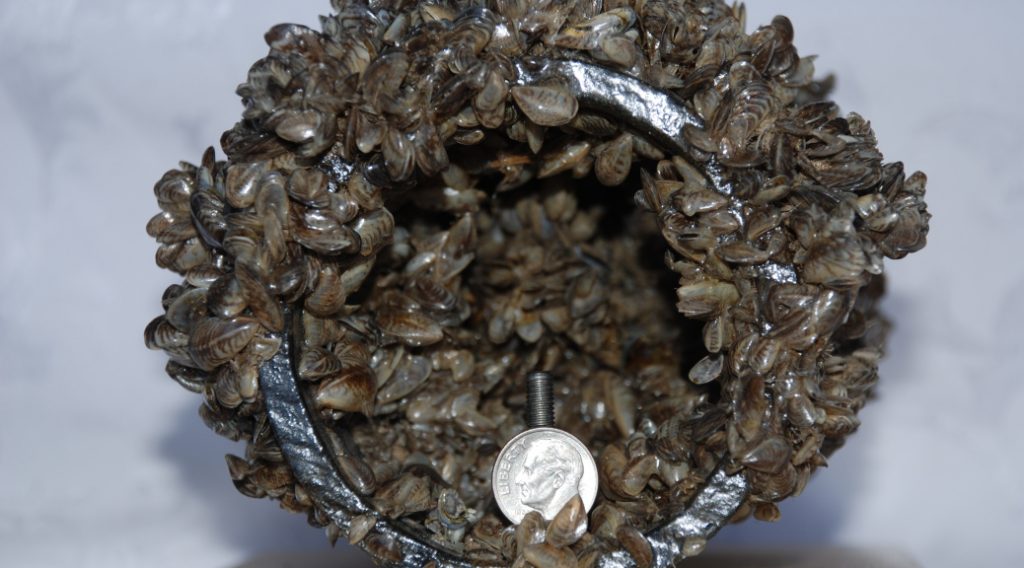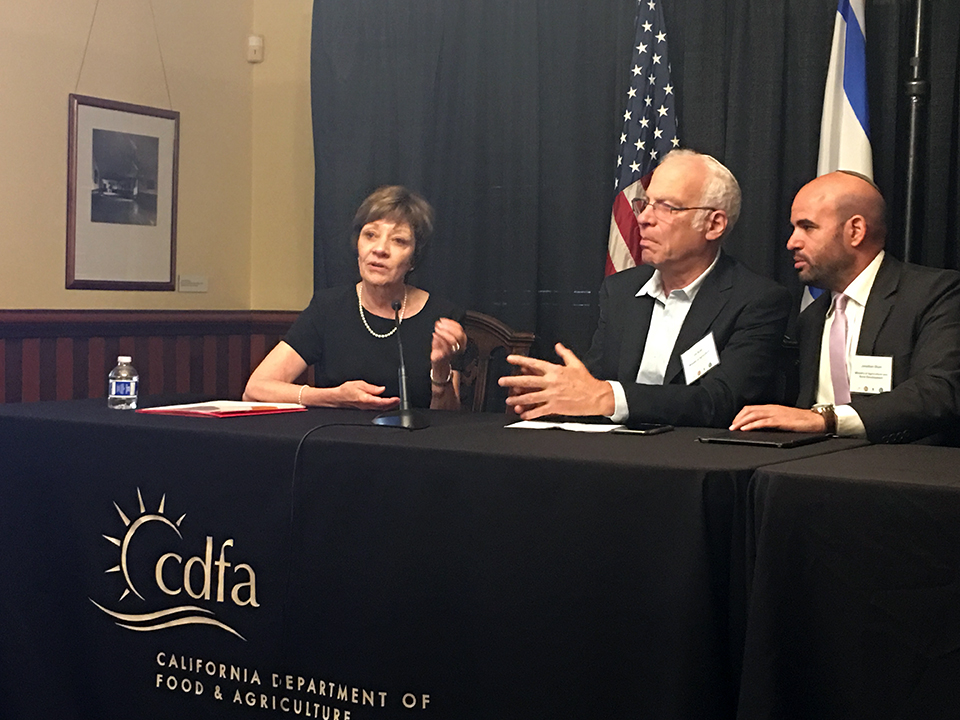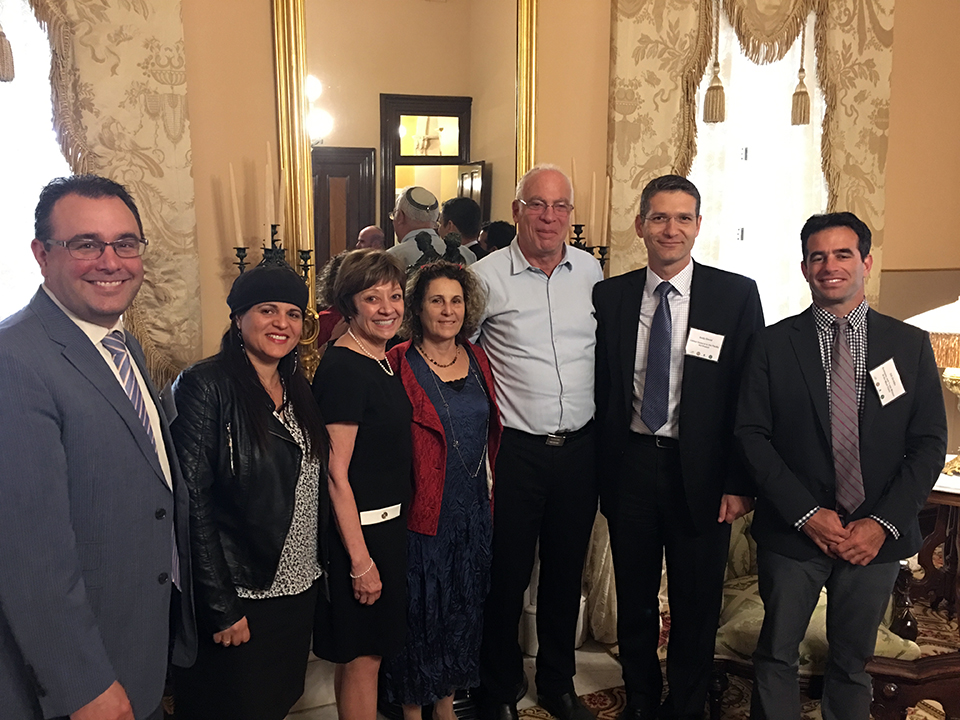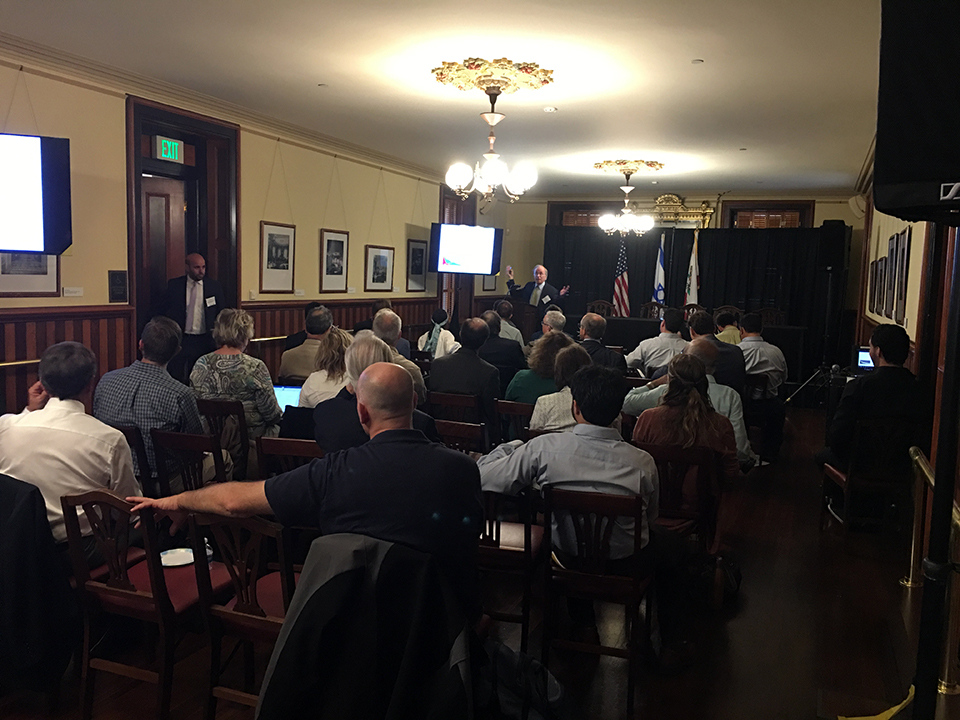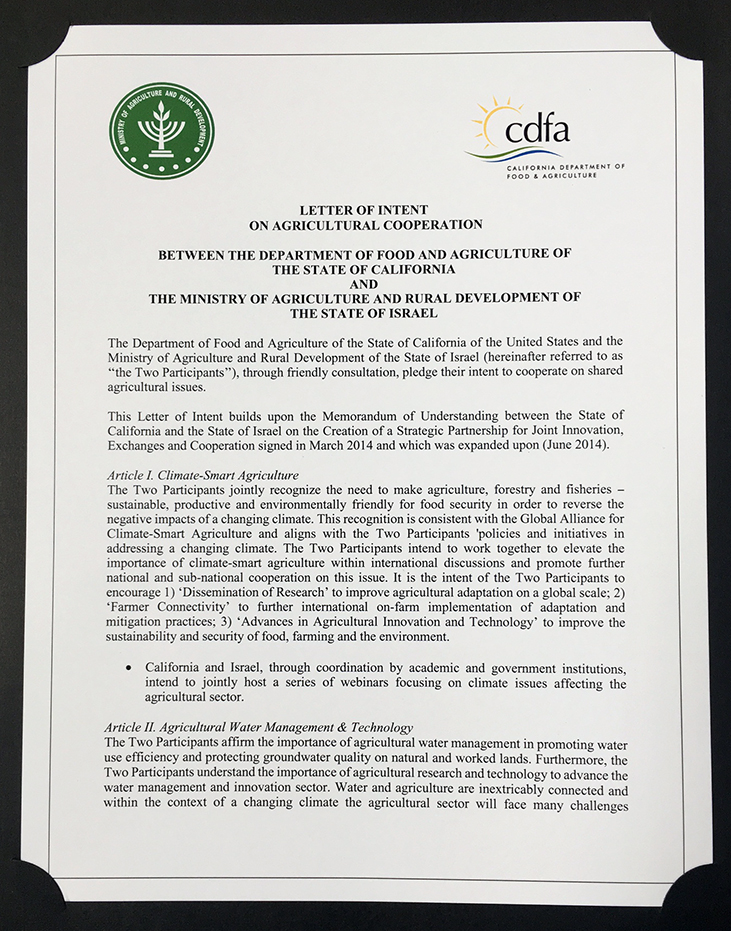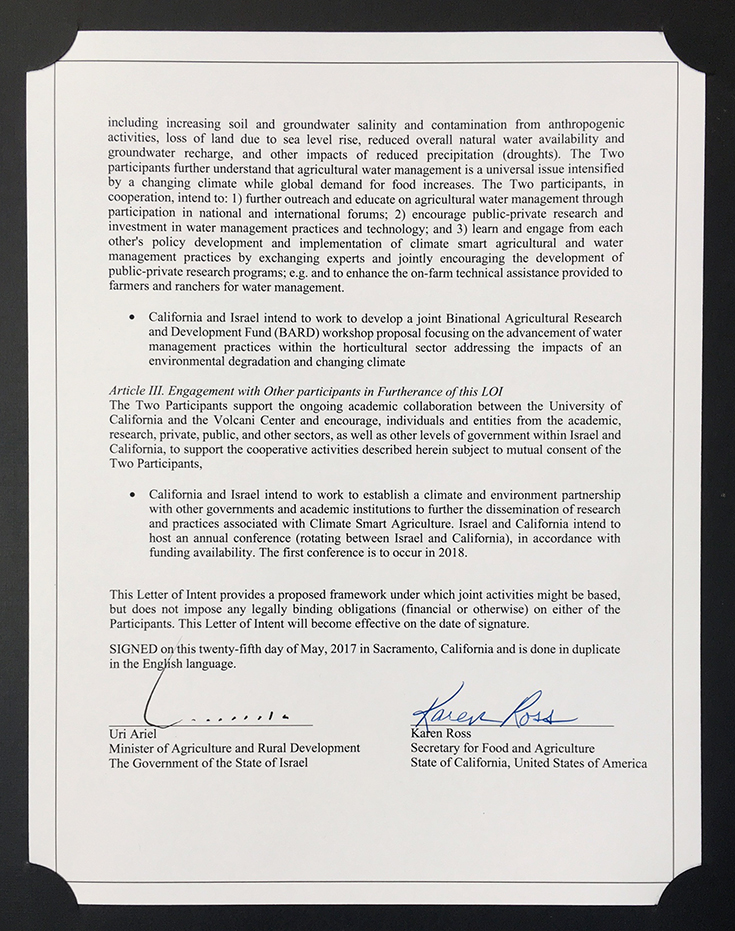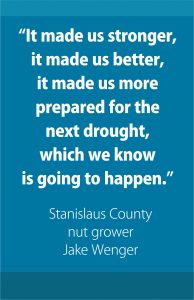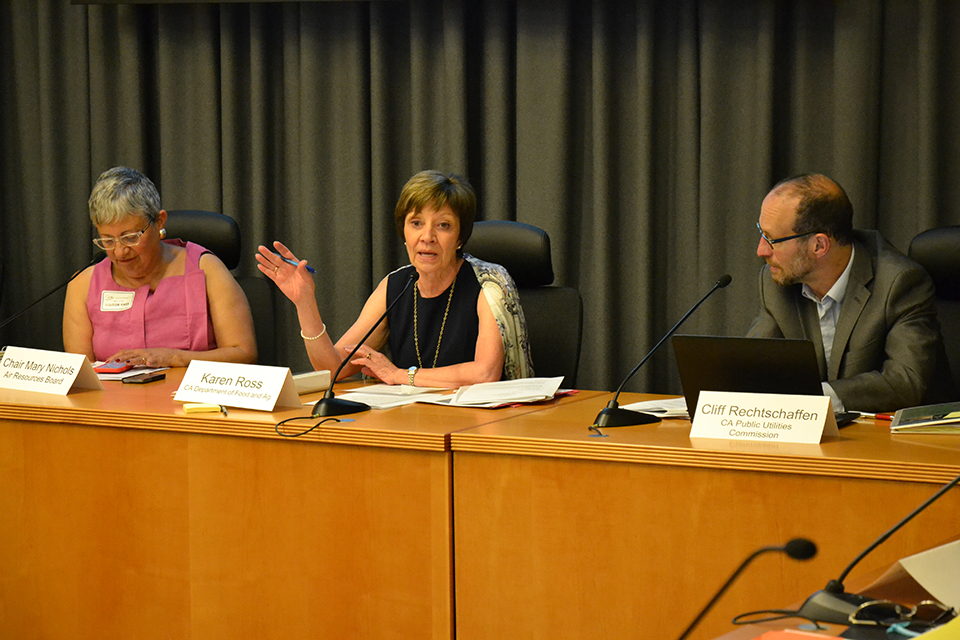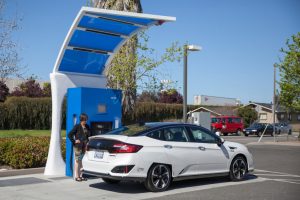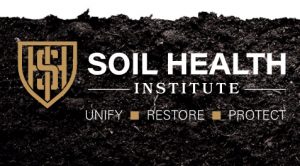 By Steve Davies, Agri Pulse
By Steve Davies, Agri Pulse
Farmers and ranchers need better tools to measure and understand the value of soil health, the Soil Health Institute said in a sweeping action plan released recently.
“Enriching Soil, Enhancing Life” lays out a series of goals along with accompanying “data gaps” that need to be addressed with research. Among the more ambitious objectives: development of a national soil health assessment.
“It’s really become increasingly recognized that soil health represents one of those rare win-win situations where what is good for the farmer or the rancher is also good for the environment,” said C. Wayne Honeycutt, president and CEO of the institute and a former deputy chief for science and technology at the Natural Resources Conservation Service. But he added, “To achieve more advances in soil health, it really does require science-based information.”
Honeycutt spoke at the National Press Club in Washington, D.C., where he was joined by Bill Buckner, president and CEO of the Samuel Roberts Noble Foundation; Keith Alverson, a 6th-generation farmer who serves as a member of the Corn Board of the National Corn Growers Association; Leonard Jordan, acting chief of USDA’s Natural Resources Conservation Service; Jerry Lynch, vice president and chief sustainability officer at General Mills; and Michael Doane, director of working lands at The Nature Conservancy. Bruce Knight, former NRCS chief and the principal and founder of Strategic Conservation Solutions, moderated.
The action plan calls for extensive research, both in laboratories and in the field, in order to develop tools that can be used to measure soil health, but also to establish the link between soil health and human health.
“While it is recognized that soils are important for human health, a paucity of research exists on these relationships, especially when considered in light of the potential benefits likely to be realized,” the plan says, listing as priorities the improvement of water quality through more efficient nutrient use, as well as increased carbon sequestration and a reduction of greenhouse gases.
“In some soils and environments, improving soil health can enhance available water holding capacity, infiltration, and nutrient availability,” the action plan says. “However, specific relationships between soil organic carbon and AWHC, along with the relationships between SOC and water infiltration, differ among soils.”
Alverson, who farms corn and soybeans on 2,600 acres in South Dakota, said he has been working to increase organic matter in his soil.
“Each percentage (point) of increase in organic matter can hold about 1.43 acre inches of water,” Alverson said. “You talk to some of the seed trade providers and they say that modern corn hybrids can produce about 10 bushels of grain for every inch of water that you provide the crops.”
After about 30 years of ridge-till farming, he said the organic matter has increased about 1.5 percent, which translates into “about 20 bushels to the acre of added production capacity that we see on an annual basis.”
The renewed focus on soil health is necessary because the world’s remaining arable soil “is degrading at rapid rate,” said General Mills’ Lynch, quoting from the action plan. “We’ve got a real challenge in front of us.”
“Agriculture is a great part of our economy but we have unintended effects,” The Nature Conservancy’s Doane said. “We need to recognize those and we think we can address them.”
“Many of our waterways are straining under the stress of sediment and nutrient loads that cause eutrophication, declining fisheries, and clean water problems,” Doane said, estimating that if half of all ag land in the U.S. now planted to row crops were managed for soil health, “we would eliminate 116 million tons of soil erosion annually” and cut the amount of nutrients lost to the environment by 344 million pounds.
“In 33 years, there is going to be another 2 billion people on this earth to feed,” Honeycutt said. “We’re losing land at an alarming rate, and farmers are increasingly challenged to deal with more and more extreme weather events – all the way from drought to heavy precipitation.”
He and the other speakers repeatedly emphasized the benefits to both the environment and producers of addressing soil health. But Honeycutt also said, “We know farmers and ranchers are businessmen and women. … It has to be economically viable for them, and so we’ve identified specific actionable steps to quantify the profitability of these soil health-promoting practices.”
Lynch said he is excited about the development of measurement tools. “Having a measurement system that is pragmatic … that everybody agrees on is really important, so we’re all pulling in the same direction.”
The institute was established in December 2015 with a $20 million, 10-year investment from the Noble Foundation and “ongoing support from the Farm Foundation,” Buckner said.
Some of the action plan’s goals, along with “desired outcomes,” are excerpted below.
Goal: Enhance productivity and resilience through improved soil health
Desired outcomes: Enhanced soil productivity and resilience to extreme weather by increasing available water holding capacity, increasing water infiltration into soils, suppressing soil-borne plant pathogens, and increased nutrient availability.
Goal: Quantify and enhance environmental and human health benefits that result from improved soil health
Desired outcomes: This research will result in improved water quality through increased nutrient use efficiency and reduced nutrient losses, increased climate change mitigation through reduced greenhouse gas emissions and increased carbon sequestration, and will establish the current state of knowledge on the relationships between soil health and human health.
Goal: Determine the appropriate measurements to initiate a national soil health assessment and to assess soils at specific locations, including a framework for comparing new and established measurements.
Desired outcomes: Widely accepted measurements for routine, national-scale use to quantify physical, chemical, and biological properties and processes in soils will have valid relationships to soil health. The suite of routine and widely used measurements will be open to new and improved measurements and methodologies.
Goal: Design and conduct pilot studies to evaluate approaches to large scale assessments of soil health
Desired outcomes: Data from measurements chosen for pilot assessments will be used to establish a national dataset that will eventually include national assessment data, and will represent management systems from a range of poor to excellent soil health status nationwide, such that they provide information on the functioning of essential biological, physical, and chemical soil properties and processes:
Goal: Conduct a full National Soil Health Assessment
Desired outcomes: The full NSHA will:
- establish baselines for soil health at regional to national scales;
- identify trends in changes in soil health;
- establish a context to interpret soil health information obtained for individual land managers and local decision makers;
- support selection of land management practices that will lead to improvements in soil health and the resulting benefits to agricultural production and natural resources; and
- provide information to policy makers responsible for public policies in agriculture and natural resources
Goal: Quantify economic risk of soil health management systems
Desired outcomes: The resilience-promoting aspects of soil health management systems will result in increased yield stability (i.e., less variation in yield among years and/or locations) and reduced economic risk, thereby providing a key incentive for farmers and ranchers to adopt soil health management systems.
Goal: Determine profitability of soil health management practices and systems
Desired outcomes: Educational materials developed for and distributed to farmers will inform decisionmaking related to the impacts of soil health management systems on potential profitability. This is expected to increase adoption of soil health-promoting practices.
Goal: Establish Approaches for Monetization of Soil Health
Desired outcomes: The economic values of soil health will be established from both producer and public perspectives.
Goal: Make soil health the cornerstone of natural resources management policies throughout the nation
Desired outcomes: Natural resources policies support research, education, and adoption of soil health management systems. Public policies related to agriculture and natural resources management routinely consider impacts on soil health when evaluating intended and unintended consequences.
See the original press release on the Agri Pulse site here.
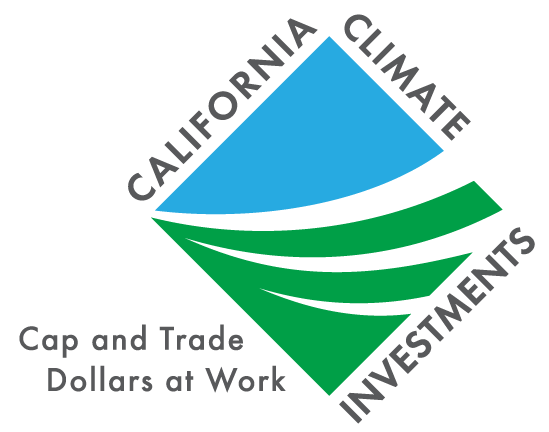 CalRecycle (a.k.a. the California Department of Resources Recycling and Recovery) has announced a new grant program targeting food waste. The Food Waste Prevention and Rescue Grant Program aims to lower overall greenhouse gas emissions by establishing/expanding food waste prevention and/or rescue projects in California to reduce the amount of food being disposed of in landfills.
CalRecycle (a.k.a. the California Department of Resources Recycling and Recovery) has announced a new grant program targeting food waste. The Food Waste Prevention and Rescue Grant Program aims to lower overall greenhouse gas emissions by establishing/expanding food waste prevention and/or rescue projects in California to reduce the amount of food being disposed of in landfills.



